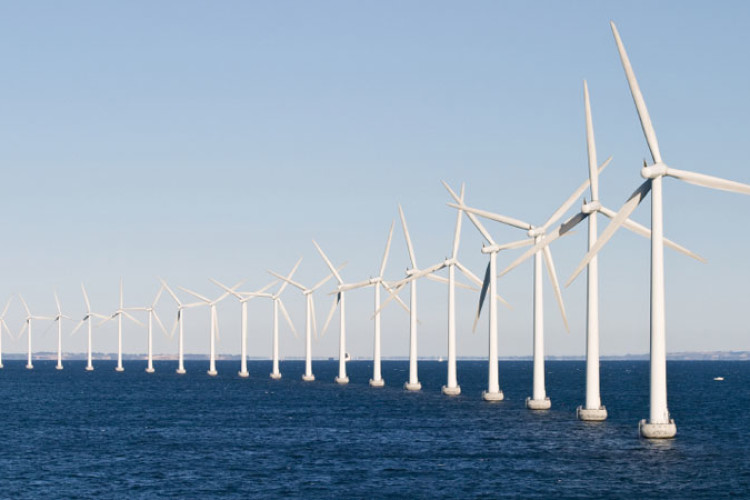The Orca Hub is led by the Edinburgh Centre for Robotics, a partnership between Heriot-Watt University and the University of Edinburgh. The consortium also includes Imperial College London, the University of Oxford and the University of Liverpool. The consortium is working with 35 industrial and innovation partners.
Unveiling recent results at its third presentation to industry, the ORCA Hub showcased the application of 16 autonomous and semi-autonomous robotic solutions at ORE Catapult in Blyth, near Newcastle.
The project seeks to advance robotics and artificial intelligence technologies for the inspection, repair, maintenance and certification of offshore energy platforms and assets. The objective is to remove humans from hard to reach, hazardous and dangerous work environments.
Orca Hub was launched in October 2017. It forms part of the government’s £93m R&D funding on ‘Robotics and AI for extreme environments’ through the Industry Strategic Challenge Fund (ISCF).
The event included a demonstration of autonomous drones by Dr Mirko Kovac, director of the aerial robotics laboratory at Imperial College London. He said: “Drones are currently used to visually inspect offshore wind turbines, but these inspections are remotely controlled by people on-site at the offshore location. Should an area of concern be found, technicians are required to carry out further inspection, maintenance or repair, often at great heights and therefore in high-risk environments.

“Our drones are fully autonomous. As well as visually inspecting a turbine for integrity concerns, ours make contact, placing sensors on the infrastructure, or acting as a sensor itself, to assess the health of each asset. Our technology could even deposit repair material for certain types of damage.
“This has far reaching applications including removing the need for humans to abseil down the side of turbines which can be both dangerous and expensive. Our drones could also reduce the number of vessels travelling to and from wind farms, providing the industry with both cost and environmental benefits.”
Other demonstrations included Limpet, an integrated multi-sensing device. Nine sensing devices and four methods of communication are integrated into a single, robust and compact platform. Limpet replaces the need for multiple sensors to be used for integrity monitoring on wind turbines. The units are able to communicate wirelessly with each other, or a human operator. They can work subsea or topside and can provide an early warning system for asset inspection and maintenance requirements.
Professor David Lane, from Heriot-Watt University and director of the Orca Hub, said: “Events of this type are designed to bridge the gap between industry and academia to accelerate the impact of university research. By using the excellent facilities at ORE Catapult, we have taken the results of our latest research out of a laboratory environment to allow industry to see its application in their world.”
Got a story? Email news@theconstructionindex.co.uk



